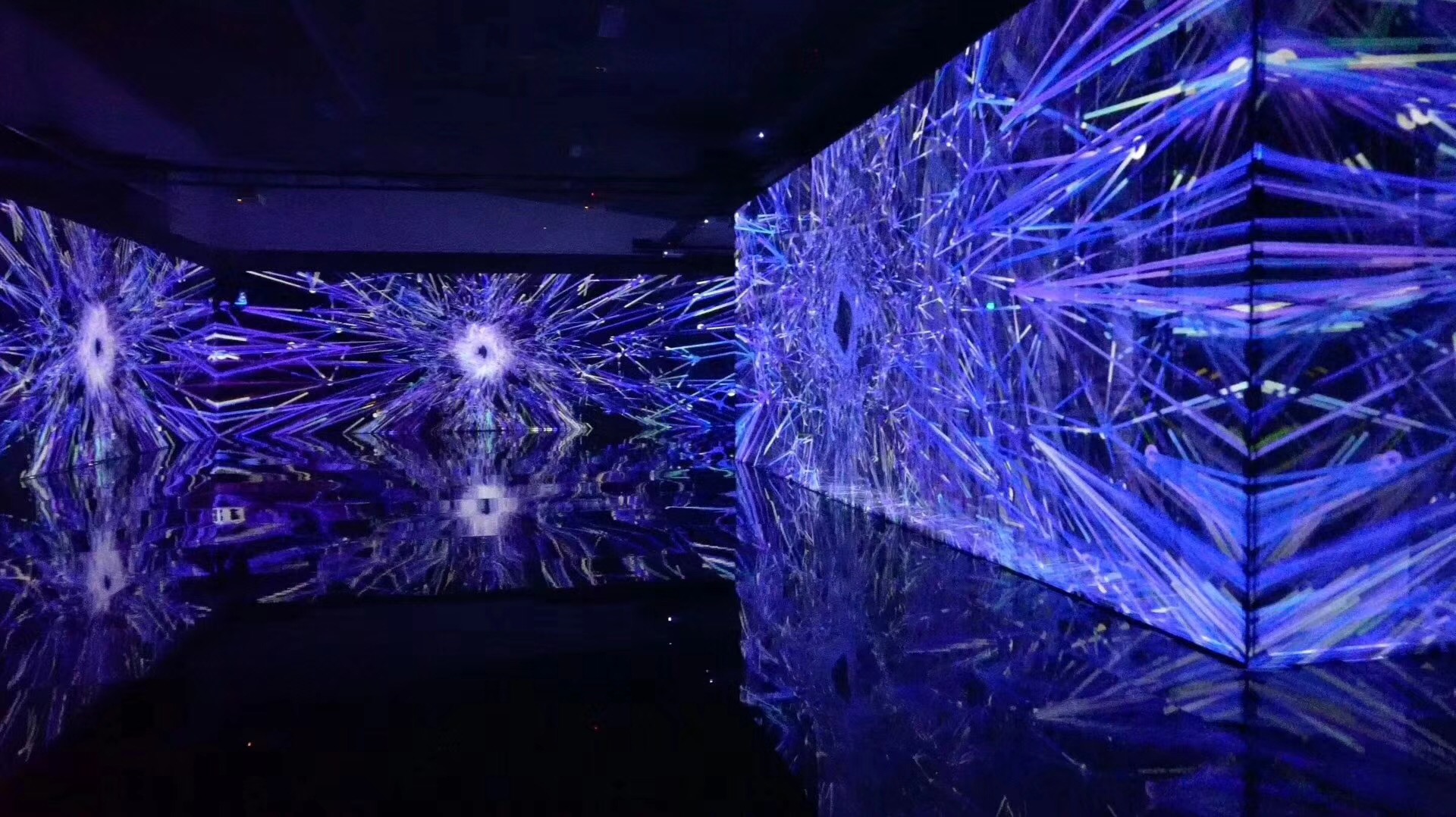Holography is a photographic method that captures the light scattered by an object and displays it in a three-dimensional format. Holograms have long been a staple of science fiction, but they’re slowly gaining traction in the real world too.
Transmission holograms, which allow light to shine through them and the image to be viewed from the side, have been used throughout the years. So too have rainbow holograms, which are used for security purposes such as on banknotes and credit cards.
To make a hologram, you’ll need an object (or person) to record, a laser beam to shine on the object and the recording medium, a recording medium with the necessary elements to help clarify the image, and a clear atmosphere in which the light beams can cross.
Holographic displays are one of the most exciting applications of holographic technology. A holographic display is a form of display that creates a simulated three-dimensional image via light diffraction. Holographic displays differ from other types of 3D displays in that they don’t require the use of special glasses or other external equipment to see the image.
These holographic displays have a wide range of potential uses, including communication, product design, entertainment, and even sports betting. Sites like SBO.net provide information on sports betting, including reviews of sportsbooks’ services, such as which ones offer better odds and offers. Holographic displays can be utilized to display detailed odds, live statistics, and more while watching a live game.
Holographic Display Market Trends
The global holographic display market was worth over $1 billion in 2020, and it is expected to increase at a CAGR of over 28% from 2021 to 2027. These displays have a wide range of applications and can be used in a variety of devices, such as cameras, digital billboards, smartwatches like the Apple Watch, smartphones, smart glasses, TVs, and more.
Technological advancements have been critical as new solutions have been presented to the market. Additionally, traditional billboards are being phased out in American cities such as Las Vegas. Holograms will soon be able to replace two-dimensional signage and advertisements with three-dimensional pictures. 3D holograms, according to several organisations developing this technology, will alter the way businesses and brands connect with potential customers.
Due to the greater precision required in aided surgeries, holographic displays are also predicted to have a big impact on the medical industry. Consumer electronics, commercial, marketing, medical, defence, industrial, and other areas, such as education and cars, all benefit from holographic displays. The holographic display market is likely to be driven in part by strong demand for medical and consumer applications over the forecast period.
The rising discipline of proximity marketing is assisting hologram adoption as companies align themselves to engage their customers with a more personalised approach by engaging with them and driving their customer base.
Due to the high construction costs of holographic devices, market development has been slow. Manufacturing and fabricating new technologies for this process could be too expensive for a small organisation. Furthermore, users in developing countries may believe the prices are excessively costly, limiting the market’s expansion.
Other Applications of Holographics
Aside from holographic displays, holographics have a wide range of potential uses, especially as the technology continues to develop and improve. One of the most interesting areas of application is in information storage.
Every day, society generates infinite volumes of data. Every year, the amount of digital storage available expands. Hundreds of gigabytes of data, including family photos, videos, and papers, are stored on our personal computers. Consider the case of a corrupted storage disc. Unimaginable losses have occurred.
Though holograms are intriguing to look at, they aren’t limited to recording and presenting visual objects. Holograms have the ability to record mountains of data. Holograms have the ability to store massive amounts of data. On a DVD-like disc, the current prototype devices store 4.4 million individual pages of data. They also provide a distinct type of long-term security.
Aside from this, holograms can also be used in art installations, such as one at the Guggenheim Museum. When holography became a practical method, artists began experimenting with it. Holograms are being used by artists all over the world to bend and cut space, merge collections of still photos or videos to create animated 3D works, and sculpt pure light.
